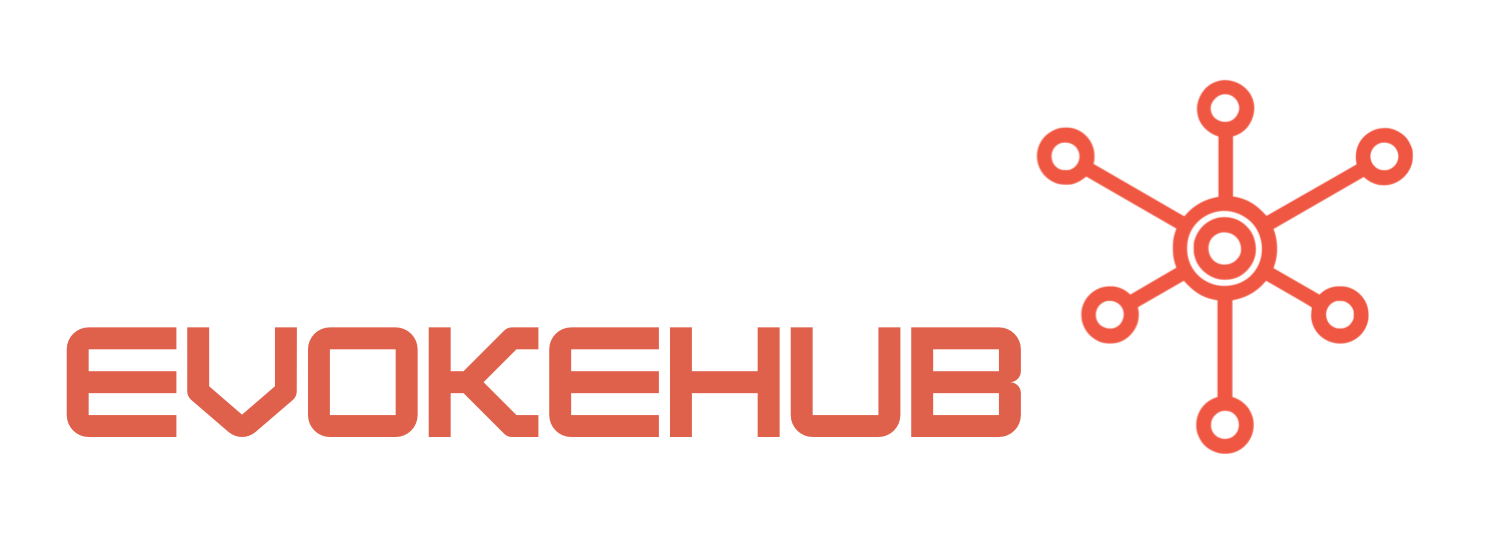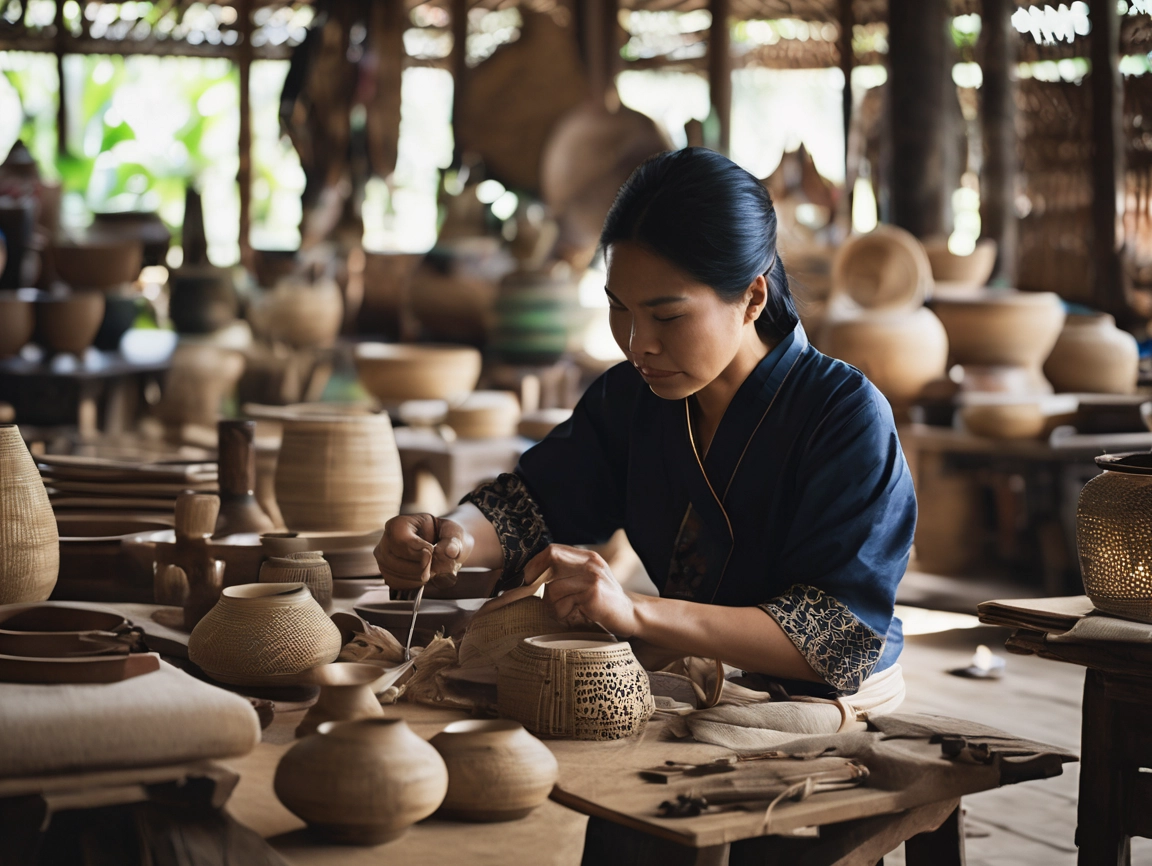Harnessing Thai Product Design Skills for Innovative Solutions
Thai product design is characterized by a unique blend of traditional craftsmanship and modern innovation. Designers in Thailand have developed a keen ability to merge these elements, resulting in products that are not only functional but also culturally rich and aesthetically pleasing. This distinctive approach can be invaluable for businesses looking to create innovative solutions that stand out in a competitive landscape. For example, renowned Thai designers like Viroj Pannak have successfully created products that embody cultural narratives while catering to contemporary market demands.
Moreover, Thai artisans possess skills in various materials, including textiles, ceramics, and woodcraft. This proficiency allows them to explore a range of design possibilities that can address diverse user needs. By collaborating with Thai designers, businesses can benefit from their expertise in sustainability, ergonomic design, and user-centered approaches. Such collaborations can lead to the development of innovative products that not only meet market demands but also reflect environmental consciousness and social responsibility.
Lastly, the vibrant creative community in Thailand is well-connected with various industry sectors, from fashion to technology. This interconnectedness fosters a culture of collaboration and experimentation, which is vital for innovation. Organizations can tap into this ecosystem by engaging with local design schools, startups, and established firms, creating a synergy that drives new product development. By leveraging Thai product design skills, companies can create solutions that are not only innovative but also imbued with cultural significance and craftsmanship.
Strategies to Integrate Thai Expertise into Global Markets
To successfully integrate Thai product design expertise into global markets, businesses must first understand the nuances of cultural adaptation. Products developed in Thailand may need to be tailored to fit the cultural contexts of target markets. Conducting thorough market research is essential to identify consumer preferences and trends. By collaborating with local distributors and market experts, companies can ensure that their products resonate with target audiences, thereby maximizing their potential for success.
Another effective strategy is to establish partnerships with Thai design firms and universities. Engaging in joint ventures or collaborative projects can facilitate knowledge exchange and harness local insights. Programs like the Thai Creative Economy Agency offer resources and support for businesses looking to tap into Thailand’s creative industries. Such partnerships can not only enhance product design but also facilitate entry into new markets by leveraging local networks and expertise.
Lastly, companies should consider showcasing their Thai-designed products through international trade shows and online platforms. Events like the Bangkok Design Week provide an excellent opportunity for brands to present their innovations to a global audience. Utilizing digital marketing strategies and social media can further amplify reach and engagement. By effectively promoting Thai-designed products on a global stage, businesses can attract interest and establish a strong market presence.
Leveraging Thai product design expertise can offer organizations a competitive edge in the pursuit of innovation. By harnessing the unique skills and cultural narratives of Thai designers, companies can create products that not only stand out but also resonate deeply with consumers. Through strategic partnerships, cultural adaptation, and effective promotion, businesses can successfully integrate this expertise into global markets. Embracing Thailand’s rich design heritage opens up new avenues for creativity and sustainable innovation, setting the stage for future success.




